Guggenheim Museum in Bilbao.
Do not trust anyone!
First, in the Basque country all is well.
Second, they do not live in poverty, and even very rich.
Third, the Guggenheim Museum must be visited.
In Internet Guggenheim marked by three stars. Reviews of
Museum are mediocre.
But in vain!
17 years ago along the banks of muddy rivers Nervion, flowing
through Bilbao, huddled warehouses, dirty broken shipyard. Here and there
were visible siltation, swampy backwater. River slowly carried the sewage
to the ocean. Closer to the ocean on the left side stood the villas. There was stretched
19 century city with parks and gardens, fully insulated from the old
the right bank of river. Rest on the river was also quite
impossible. The main function of the river – to carry everything you need to port,
located at the mouth. A port was not small. Thus, there were no
architectural ensemble and peace in the contemplation of the Right Bank and
the left bank of the city…
There were no signs that soon the city will flood by millions of tourists.
In 1992, the project Ria 2000 starts.
By the end of the millennium quay got kind of a luxury seaside promenade.
Cesar Pelli – the man who loved the city, led the project to its
revival. Across the river were thrown outlandish bridges that
immediately became the subject of numerous photo shoots. The most successful
photos immediately moved into the thematic books about masterpieces of
Urban Development.
One of the bridges, snow-white Zubi-Zuri (Santiago Calatrava,
architect from Valencia) – curved metal construction
parabolic shape, one of his crab -foot steps on
embankment, and a continuation flight in the modern skyscraper.
In the evening we went over the glass illuminated
plates of Pedestrian Bridge. Live op-art!
The next bridge is a single track with a masterpiece, erected by
Frank Gehry – with the Guggenheim Museum. La Salve Bridge and pedestrian
road, a thin boom swept over the city at an altitude of 120
meters and flew over the houses.
On the part of the museum is decorated with an red arch bridge
with running lights and a piece of design, clearly
belonging to the ship-museum. Spatially, the museum leads to the bridge
staircases at the beginning wider, then sharply tapering and just
soar to the height of the bridge. One of the best views on the museum opens
from that bridge.
Describe the ship -museum is almost impossible. Occurs to me
Cubic period Picasso, when he took the space and transformed it
dissected, a conglomeration of three-dimensional geometric figures. “Guitar”.
Frank Gehry has managed to transfer all from the paper on the waterfront.
We approached the ship in the evening. He mysteriously flashed. Before the ship is a huge spider. Sculpture.
Spread around the ship pool, which reflects the whole shimmering
light. Part of the ship is made from glass, it broke the space and
together with steel shackles flew skyward. Glass is shiny and
reflected in the pond. One of the pillars of the ship follows the “Dancing House” in
Prague. An architect – F. Gehry. Near the stern of the water increases garland of
Steel caviar. All lanterns sparkle in the chain and in water. All together
- No words of admiration!
We pass another bridge-by Pedro Aruppe, which rests on a ancient university building.
We are full of emotions. Embankment brings true
delight.

In the morning we looked at things differently. Mysterious charm and
night lights disappeared.
And the embankment was a beautifully sunny, with its bridges and miracle-ship.
In the morning light the vessel had a dull milky color.
Cosmic material. Probably titanium. The water in the reservoir was shivering with
wind and glare played on the ship. Broken glass thrown torn
shadow of the ship. He was enveloped by white smoke.

We went into the building.
It is useless to describe what you are see.
We just could not leave the museum! In addition to today’s super-
tracks, on the third floor were presented Small Dutch. In
one room Naturemortes, in the second – pictures, and in the third – only one Vermeer
Delft. One picture. Enough!
On the first floor we could not leave the iron maze by Richard
Serra. His giant spirals, ovals, and the waves were created specially
for the lower hall of the museum. Each piece weighs tens of tons. Draft
cost of 16 million euros and was executed on a single plant in
Berlin, able to recreate the author’s idea. Accuracy of performance
is the same as the German punctuality. Interestingly, the museum has become an
owner of this exhibit for 25 years and has the right to move it
only 4 times. Exposure must be visited! When we
passed most of the spirals and ovals, we began to notice the smiles on
faces of the people who were moving parallel with us. At the last
-face glowed with pleasure!

Output – an excellent collection of books and a cafe on the sunny terrace.
There were some issues
- Why is nowhere a single word about the Fundator Solomon Guggenheim?
- Why no mention anywhere about the architect of museum – Frank Gehry ?
Note 1.
Architects do not receive the Nobel Prize. They handed the Pritzker
premium. Frank Gehry’s got it.
Note 2.
It is a pity that our city does not participate in any program – if so
quickly work their magic (only 17 years old), we could still catch them
see …






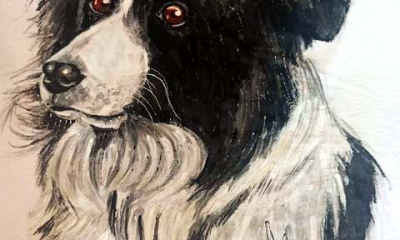
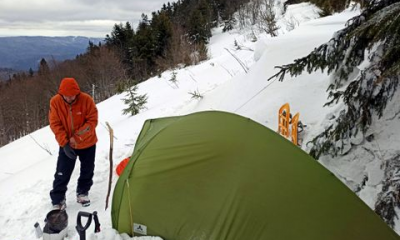
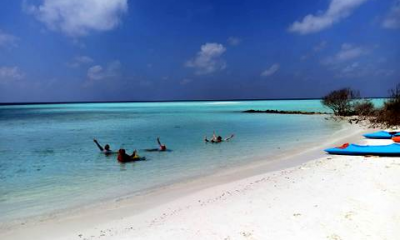
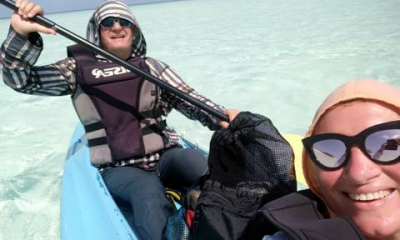
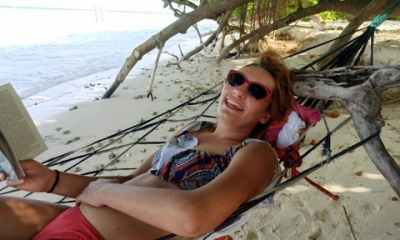
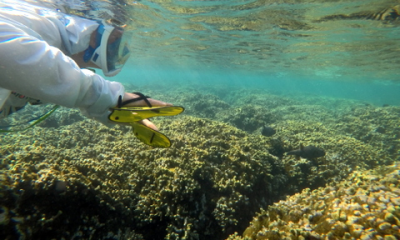
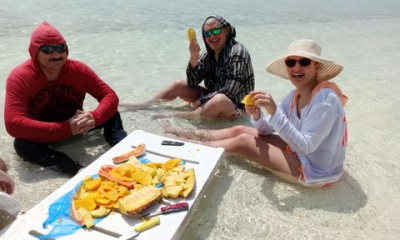
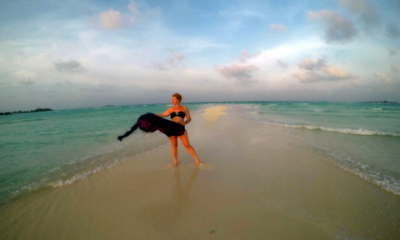
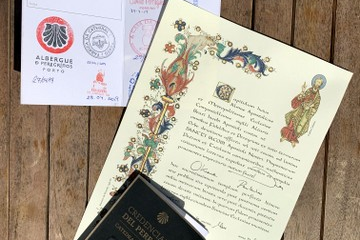
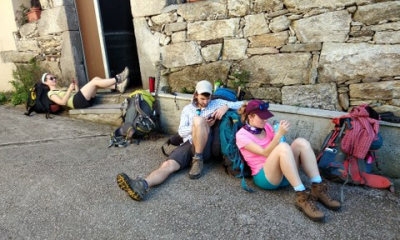
 English
English  Russian
Russian 



